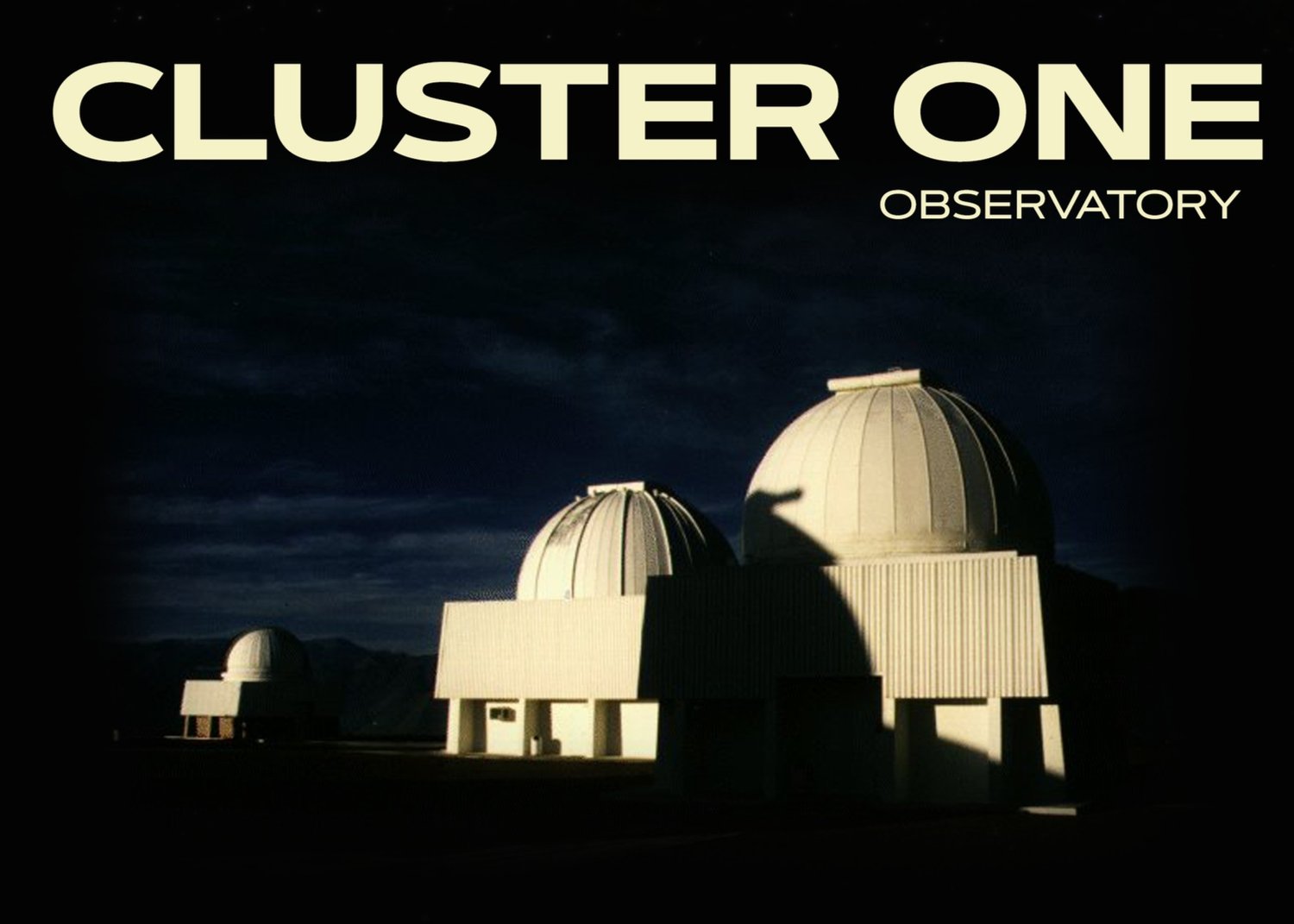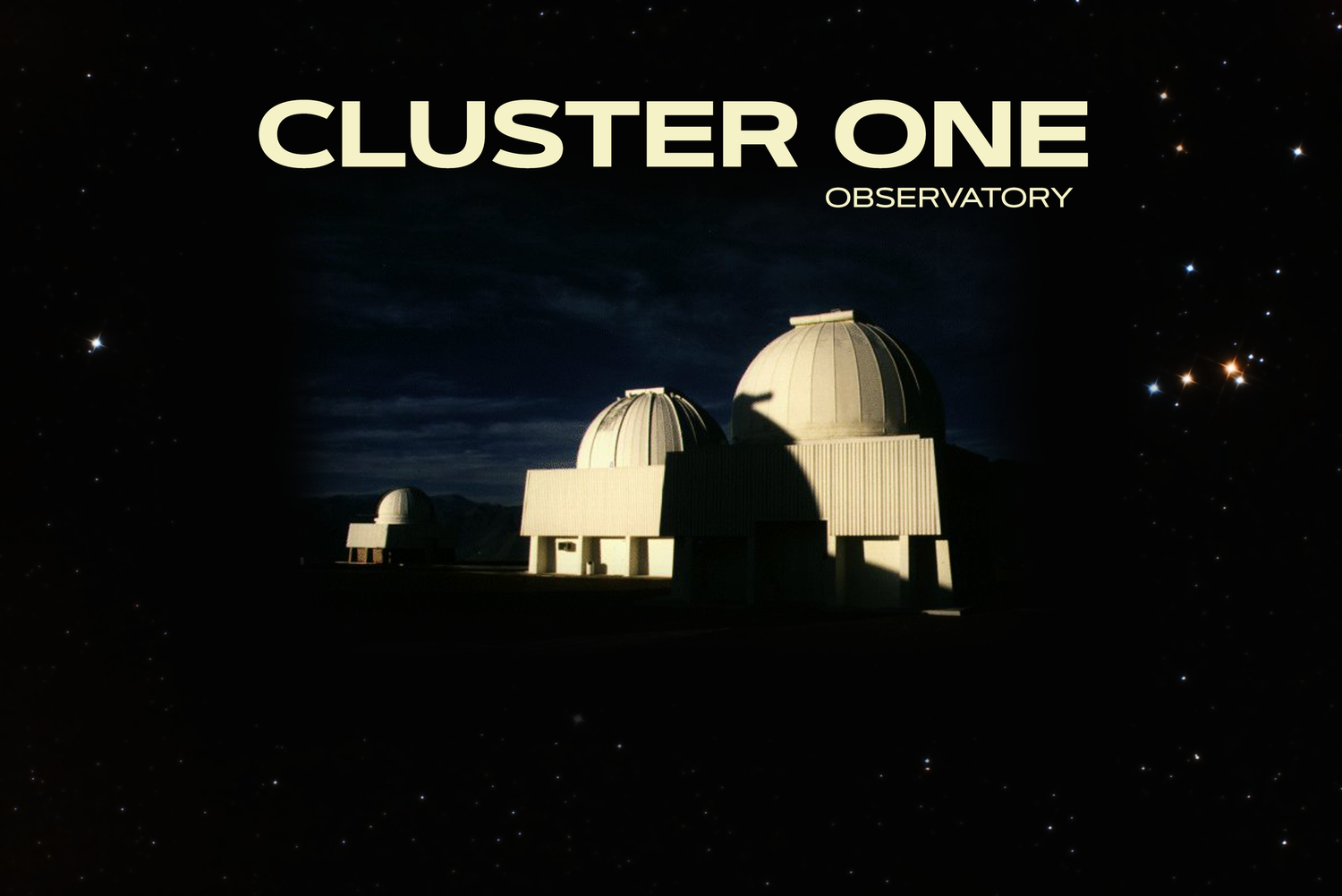Planning
Planning is perhaps one of the most important and least visible stages of astrophotography. When done correctly, it facilitates the data acquisition, allowing the optimization of the limited observing time as a consequence of correct decisions of vital aspects such instruments and objects to be observed. Also, planning involves safety and wellness that is of key importance to enjoy the observing session while being safe and sound under the stars.
In this section, we’ll share some of the tools we use that greatly help in the decision making of what and how to observe.
Observing site
Latitude, longitude and horizon profile.
Make sure you know in advance the geographical coordinates of the selected observing spot, and make sure it has a clear and unobstructed view to the celestial pole. It’ll be needed for performing the polar alignment!
Lastly, and depending of the objects to observe, the horizon profile is needed for a good planning.
Any mapping application/software can be used in advance to properly plan your observing session from the chosen observing site.
- Google Maps
- Google EarthWeather forecast
Observational astronomy depends on weather conditions such as cloud cover and wind conditions. Also, a constant monitoring of the temperature, humidity and dew point becomes critical in order to activate the dew heaters if needed.
- Good to Stargaze
- Clear Outside
- Weather Channel
- AccuWeather
- Norwegian Meteorological Institute
- Dirección Meteorológica de ChileDarkness conditions
Most likely, you’ll find yourself driving away from the city lights in order to make use of dark skies to image dim objects.
The darkness conditions of an observing site is defined by its Bortle scale from 1 to 10, with the lower index being the darkest and better site for imaging.
- AstroBackyard - Understanding the Bortle Scale
- Light pollution map is a mapping application that displays light pollution related content.
- Light pollution map App - Dark Sky
Also of key importance is right choice of the Moon phase. Sounds obvious, but still worth a mention. For deep sky astrophotography, the less moon, the better.
Astronomical and instrument planning
Up to this point, you’ve got your observing site away from city lights, wonderful weather conditions and a moonless night. Now it’s time to get the most of out it with our astrogear ready for our observing session. Firstly, we got to think about our field-of-view (FoV), which in simple terms, refers to the portion of sky we can image as a result of our imaging optical train configuration. It’s important to consider how that FoV will be sampled in our imaging optical train.
The list of tools below are full of great explanations and examples on how to get the best from your optical train on sky.Telescopius
”Astronomy planning made easy” as they claim and they’re absolutely in the right. Simply start by creating an account and customize your preferences, like observing site, telescopes, lenses and detectors. Then use the telescope simulator to plan your FoV.astronomy.tools
A collection of useful and free astronomy tools:
- FoV Calculator, to test different telescope, camera & eyepiece combinations.
- CCD Calculators, with useful calculators and formulae.
- CCD Suitability, to find the optimum camera/telescope combination for your specific sky.SkySafari
A paid planetarium app that comes in three levels, ranging from basic to professional versions. In our humble opinion, SkySafari is the best astronomical app around. It does everything you’ll need and beyond. We use it to plan observing sessions and to check the FoV framing of our optical train.Stellarium is a free open source planetarium for Windows, macOS and Linux. It shows a realistic sky in 3D, just like what you see with the naked eye, binoculars or a telescope.
Safety, wellness, communications and checklists
A key part of the planning involves a fairly good knowledge about the observing site in terms of communications and access.Internet access
Some observing setups relies on internet connection in order to prepare the observing blocks. So if you’re traveling to a very remote place with no internet access, make sure you prepare your observing blocks at home before is too late.Power supply
Might sound obvious for the vast majority but, it is worth a mention in our planning. If you’re bringing your portable power setup with you, make sure your batteries are fully charged. And remember to protect your batteries against cold weather or they might dry out at the middle of your observing session as they are very sensitive to temperature changes.First aid kit
A first aid kit among with an emergency plan in case of accident shall be foreseen when traveling to remote sites. Keep also mind that in some areas, you’ll be constantly stormed by flying bugs and insects. So better protect again those as well!Hot drinks and meals
Need to be more specific about this topic? Observing and acquiring fantastic data under perfect skies can be perfectly ruined if you’re cold and hungry. So as part of the planning, do not underestimate the need for hot drinks and good meals. Do not get complicated about meals, unless you want to turn astronomy into gastronomy.Checklist
Astrophotography involves many components, and it is very easy to forget some crucial ones at home. There is no more unpleasant feeling than realizing that you have forgotten a cable, or a counterweight or that adapter without which you cannot connect your camera to the telescope.The simplest thing is then to have a checklist and verify that you have everything you need before leaving home. And also, do not forget a box with tools, cables or whatever is necessary in case of facing problems. There might been different opinions about this subject but, in our experience, a checklist will 99% of the times save your observing session from avoidable problems.
All of the above without forgetting that first of all this activity involves outdoor life, with the consequent factors that must be considered, such as shelter, food and above all, respect and preservation of the environment. Please do not litter and leave the place without leaving traces.

